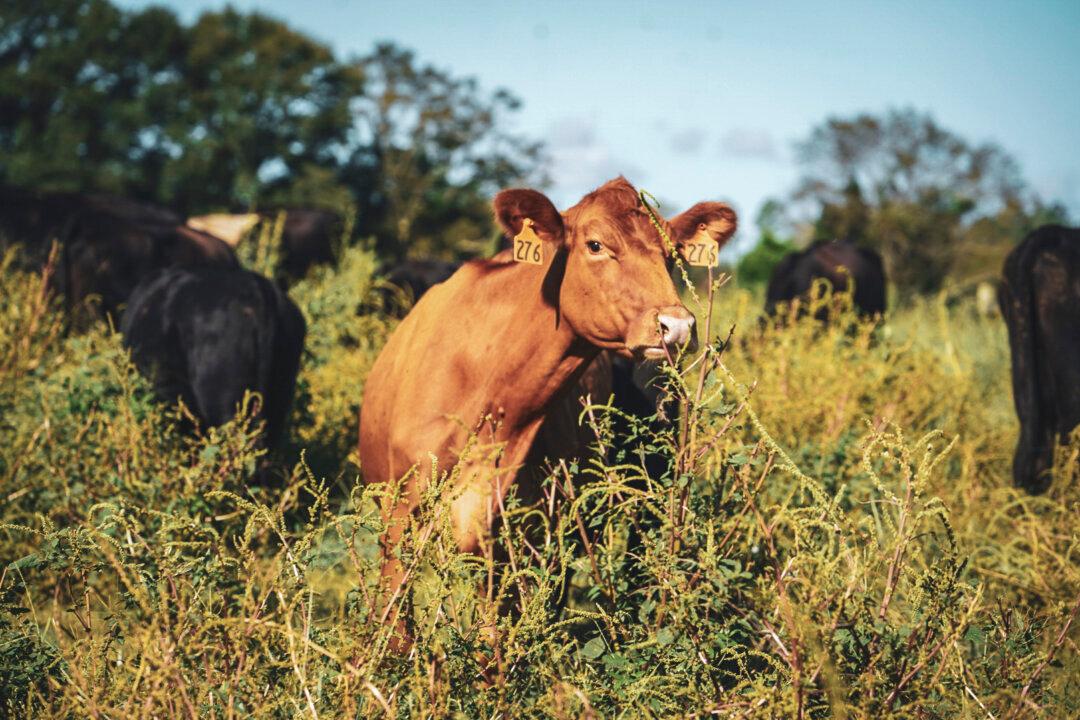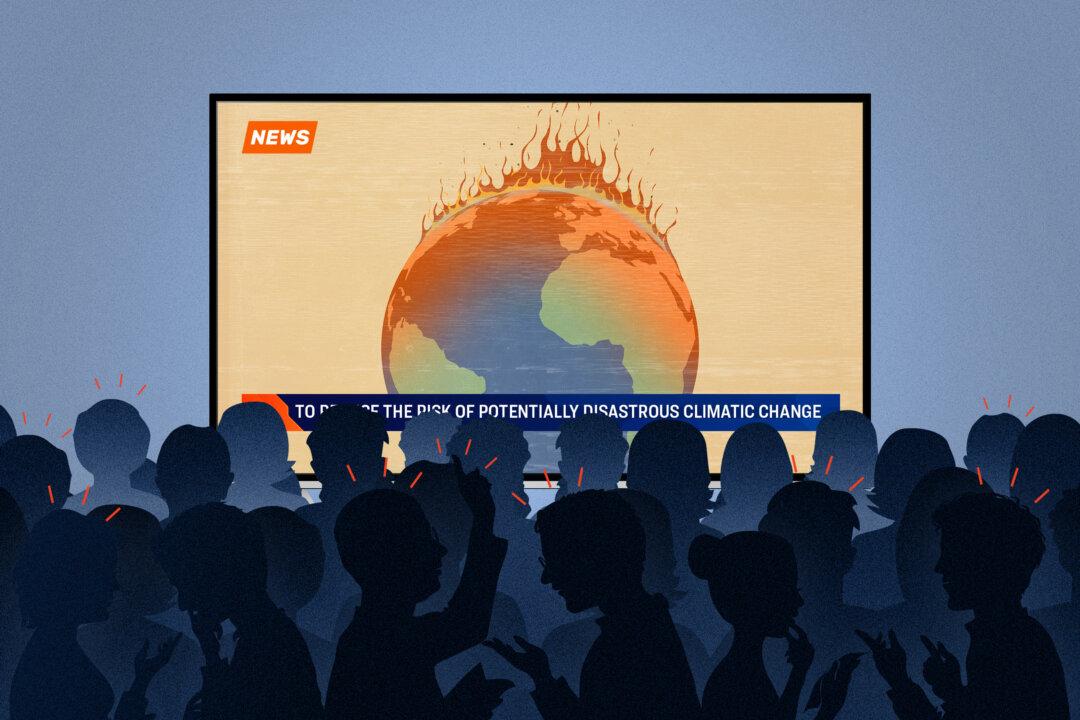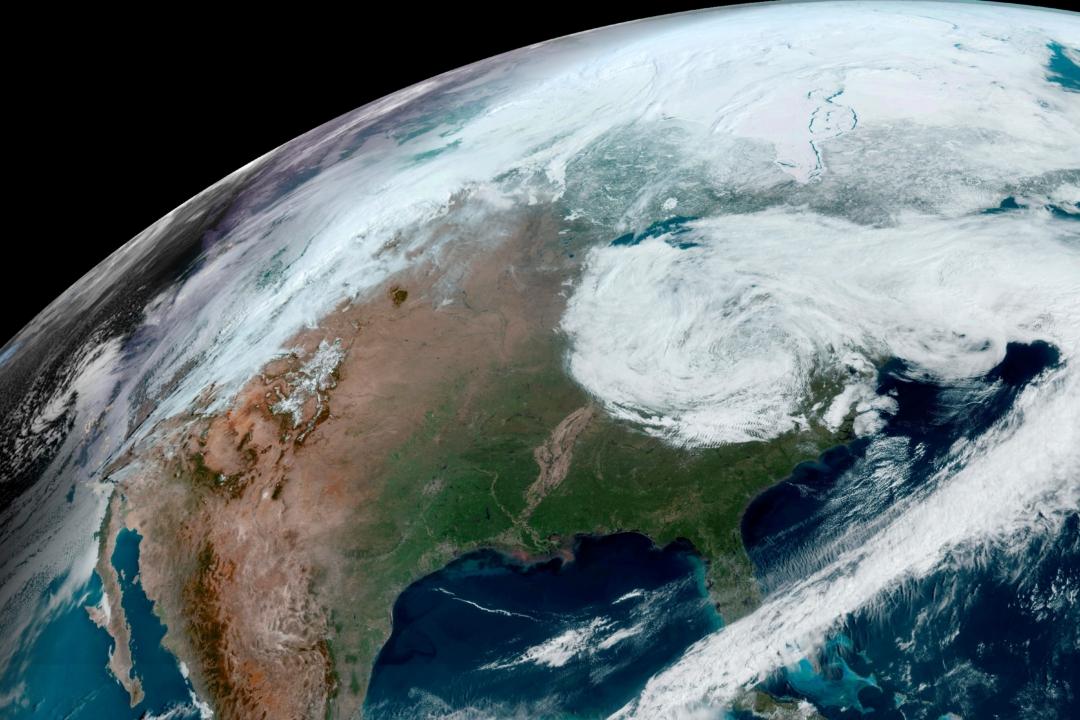The United States is one of the wealthiest nations in the world, but among the top 10 developed nations, it’s also one of the sickest.
Katie Spence is a freelance reporter for The Epoch Times who covers energy, climate, and Colorado politics. She has also covered medical industry censorship and government collusion.
Ms. Spence has more than 10 years of experience in media and has worked for outlets including The Motley Fool and The Maverick Observer.
She can be reached at: [email protected]
Author’s Selected Articles





